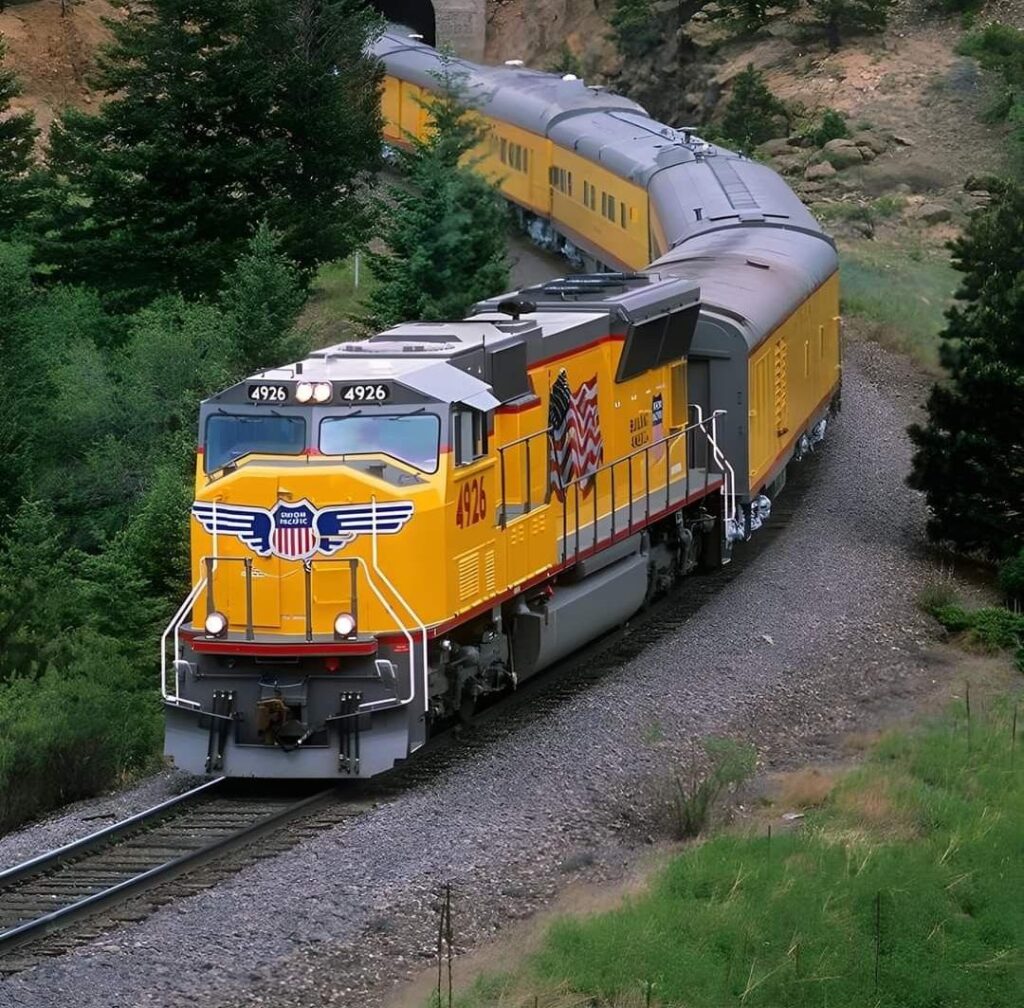The from China to Europe by train service has become a vital logistics solution in global trade. It bridges the speed gap between sea freight and air freight while offering cost efficiency, reliability, and environmental benefits. Supported by the Belt and Road Initiative, rail freight now connects over 50 Chinese cities to more than 30 European destinations, enabling faster delivery for a wide range of industries.
1. Why Ship from China to Europe by Train?
- Faster Transit – Typically 15–20 days, compared to 35–45 days by sea.
- Cost Efficiency – Around 50–70% cheaper than air freight.
- Environmental Benefits – Lower CO₂ emissions than air freight.
- Stable Schedules – Less affected by seasonal port congestion.
- Door-to-Door Options – Many forwarders offer full logistics solutions.
2. How to Ship from China to Europe by Train
- Choose a Freight Forwarder – Select a company experienced in China–Europerail operations.
- Select the Service Type – FCL (Full Container Load) or LCL (Less than Container Load).
- Book Space in Advance – Especially during peak seasons like before Chinese New Year.
- Prepare Documentation – Commercial invoice, packing list, and waybill.
- Arrange Customs Clearance – Both in China (export) and in Europe (import).
- Track Your Cargo – Most providers offer real-time tracking.
3. What to Ship by Train
From China to Europe by train is best for medium- to high-value goods that need faster delivery than sea freight but at a lower cost than air freight, such as:
- Electronics: Laptops, smartphones, accessories requiring secure and timely transport
- Automotive Parts: Engines, tires, and body components for stable supply chains
- Machinery & Equipment: CNC machines, industrial tools, medium-sized equipment
- Clothing & Textiles: Seasonal apparel, footwear, and bags
- Home Appliances: Refrigerators, washing machines, and small kitchen appliances
- General Consumer Goods: Furniture, toys, sports gear, and other retail products
🔴Not recommended for:
- Urgent shipments (better by air freight)
- Low-value bulk commodities (better by sea freight)
- Hazardous goods requiring special permits
- Consult TJ China Freight Forwarding for the lowest quote. They will provide you with reliable, cost-effective service.
4. Which Routes to Choose
| Route | Origin City (China) | Destination City (Europe) | Transit Time | Notes |
|---|---|---|---|---|
| Chongqing – Duisburg | Chongqing | Duisburg, Germany | 16–18 days | One of the busiest and most reliable |
| Xi’an – Warsaw | Xi’an | Warsaw, Poland | 14–16 days | Ideal for Eastern Europe |
| Yiwu – Madrid | Yiwu | Madrid, Spain | 18–20 days | Longest route with wide coverage |
| Chengdu – Tilburg | Chengdu | Tilburg, Netherlands | 15–17 days | Strong for Benelux markets |
5. Tariffs & Fees
When shipping from China to Europe by train, tariffs and fees include:
- Rail Freight Cost – Based on weight/volume and route.
- Handling Charges – Loading/unloading at terminals.
- Customs Duties – Vary by product classification.
- VAT – Based on destination country rates.
- Insurance – Optional but recommended.

6. Customs Process
China (Export):
- Submit export declaration with invoice & packing list.
- Inspection (if required).
Europe (Import):
- Import declaration & HS code classification.
- Duty & VAT calculation.
- Clearance & release for delivery.
📌Tip: Work with a forwarder familiar with EORI numbers, EU safety regulations, and bonded warehouse options.
7. Comparison with Other Shipping Modes
| Factor | Rail Freight (Train) | Sea Freight | Air Freight | Road Freight |
|---|---|---|---|---|
| Transit Time | 15–20 days | 35–45 days | 5–9 days | 10–15 days (from port) |
| Cost | Medium | Low | High | Medium-High |
| Capacity | Medium | High | Low | Medium |
| Environmental Impact | Low | Moderate | High | Moderate |
| Reliability | High | Medium | High | Medium |
| Ideal Cargo | Electronics, machinery, textiles | Bulk goods, heavy cargo | Urgent, high-value goods | Regional delivery from ports |
| Weather Impact | Low | Medium | Medium | High |
📍Key Takeaway:
- Choose Rail Freight if you need a balance of speed, cost, and environmental responsibility.
- Choose Sea Freight for large, non-urgent shipments.
- Choose Air Freight for urgent, high-value cargo.
- Choose Road Freight for inland distribution after port or rail arrival.
8.Conclusion
Choosing from China to Europe by train allows businesses to balance speed, cost, and sustainability. With growing network coverage, improved customs processes, and reliable schedules, it’s a strategic option for many industries. By comparing it with sea, air, and road transport, it’s clear that rail freight occupies the perfect middle ground — making it a smart choice for international trade in the years ahead.
Request a Quote
Need a tailored solution for your shipping from China?
Let TJ China Freight Forwarder assist you with reliable, cost-effective service.
FAQ:
Q1.How long does shipping from China to Europe by train take?
Most routes take around 15–20 days, depending on origin and destination.
Q2. Is rail freight cheaper than air freight?
Yes, it’s typically 50–70% less expensive than air freight.
Q3. What goods are best suited for rail transport?
Electronics, machinery, automotive parts, textiles, and general consumer goods.
Q4.Do I need special documents for customs?
Yes, including a commercial invoice, packing list, and for EU imports, an EORI number.
Q5.Can I ship small quantities by train?
Yes, LCL (Less than Container Load) options are available.
